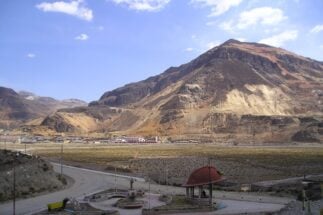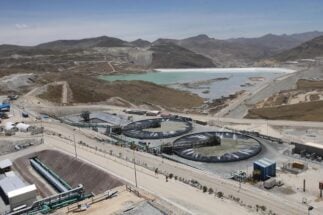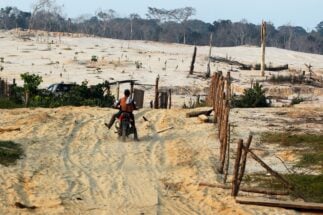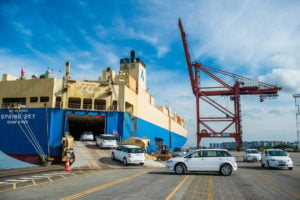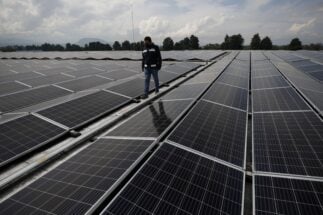Copper is big business for Peru. The country is one of the world’s largest copper producers, second only to Chile, and with the metal representing nearly 30% of its total exports, no single product is more important to the national purse. Some of the world’s largest copper reserves are found along Peru’s “mining corridor” that stretches almost 400 kilometres across the country’s south, including the Las Bambas mine that alone accounts for 2% of global supply.
But in spite of these economic gains, the industry poses difficulties for local communities, for whom copper seems to bring constant conflict and few benefits. A September report by the Peruvian ombudsman revealed a total of 136 active “socio-environmental” conflicts in the country, accounting for more than two thirds of all social conflicts it recorded, with most cases linked to mining activity.
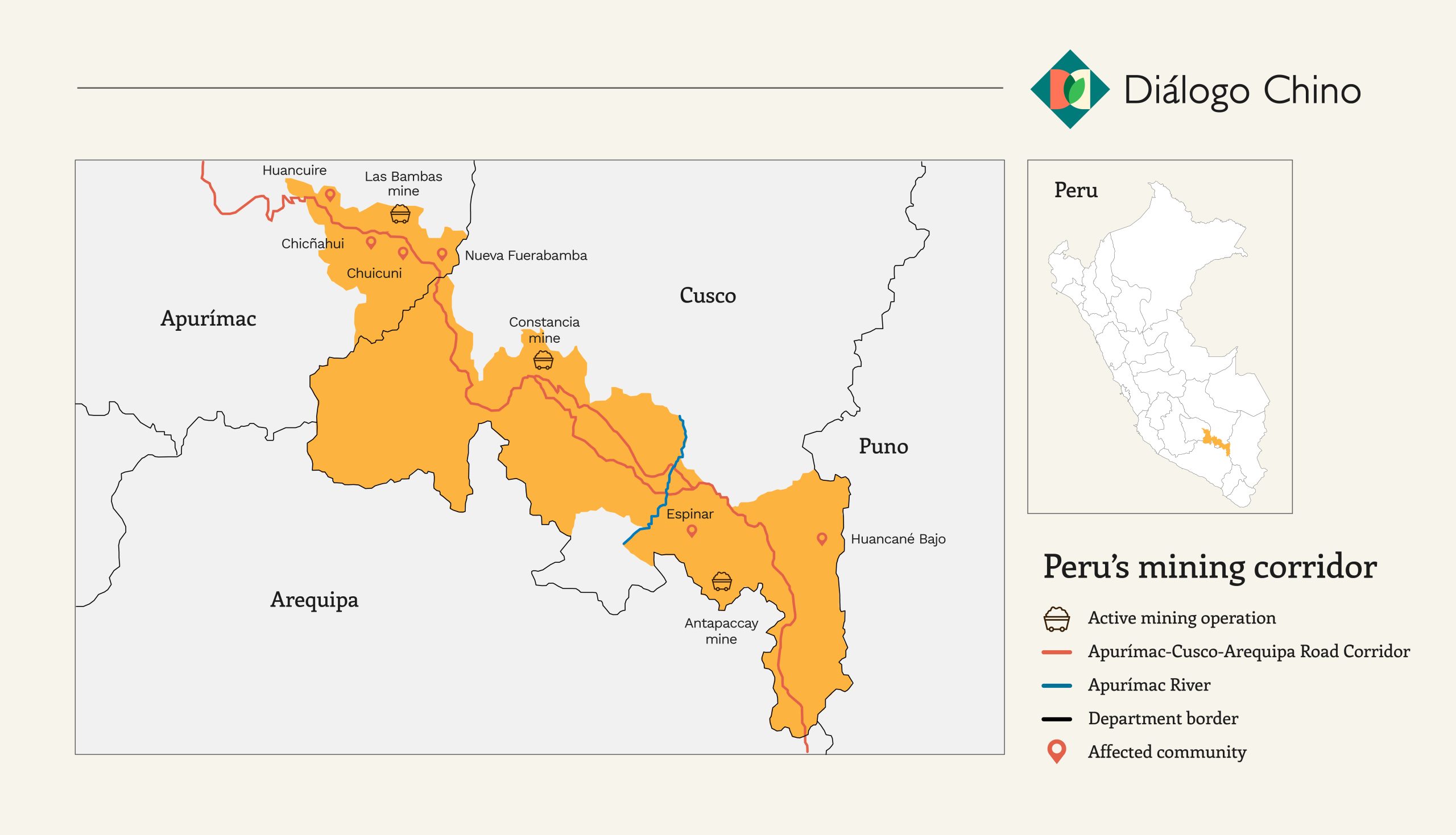
Diálogo Chino travelled along the corridor to speak to several communities about the impacts mining sites have had in their towns and villages.
Disagreements at Las Bambas
On arriving in the Indigenous community of Chicñahui, located in the province of Cotabambas, in Peru’s Apurímac region, what is most striking is not the view of its vast fields, nor its animals, nor the crisp blue Andean sky, but the metallic stench that fills the air.
“Can you smell that? Sometimes it smells like this, and there are other days when it is even stronger,” says local resident Jovita Boza, clutching her young daughter in her arms.
Ever since MMG took over the mine in 2015, it has been beset by protests, including against changes to the project’s initial environmental impact assessment (EIA) that allowed the company to switch from an original proposal to build a pipeline to transport copper from the site, to building roads. Clashes in 2015 between protestors and police resulted in the deaths of four people and numerous injuries.
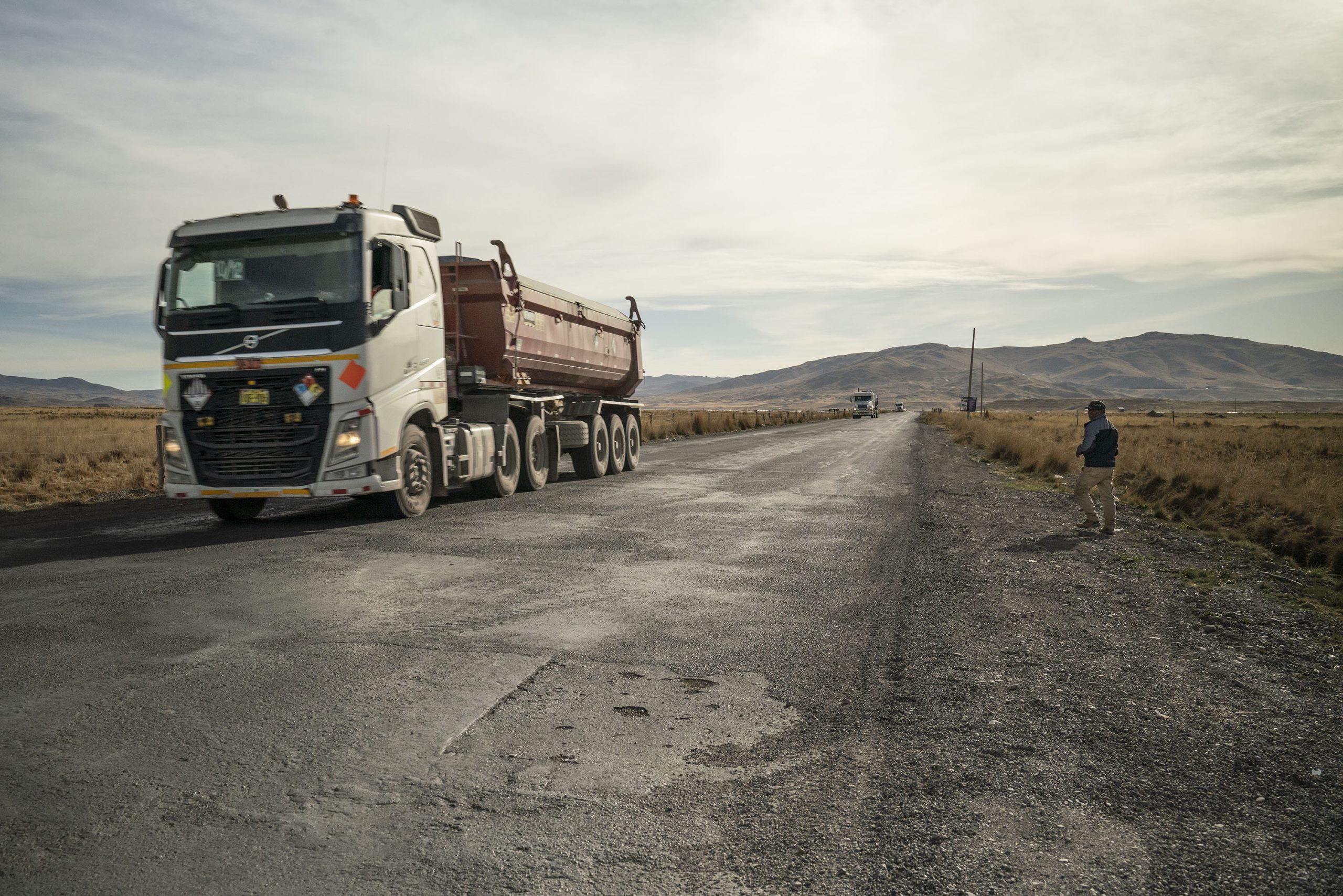
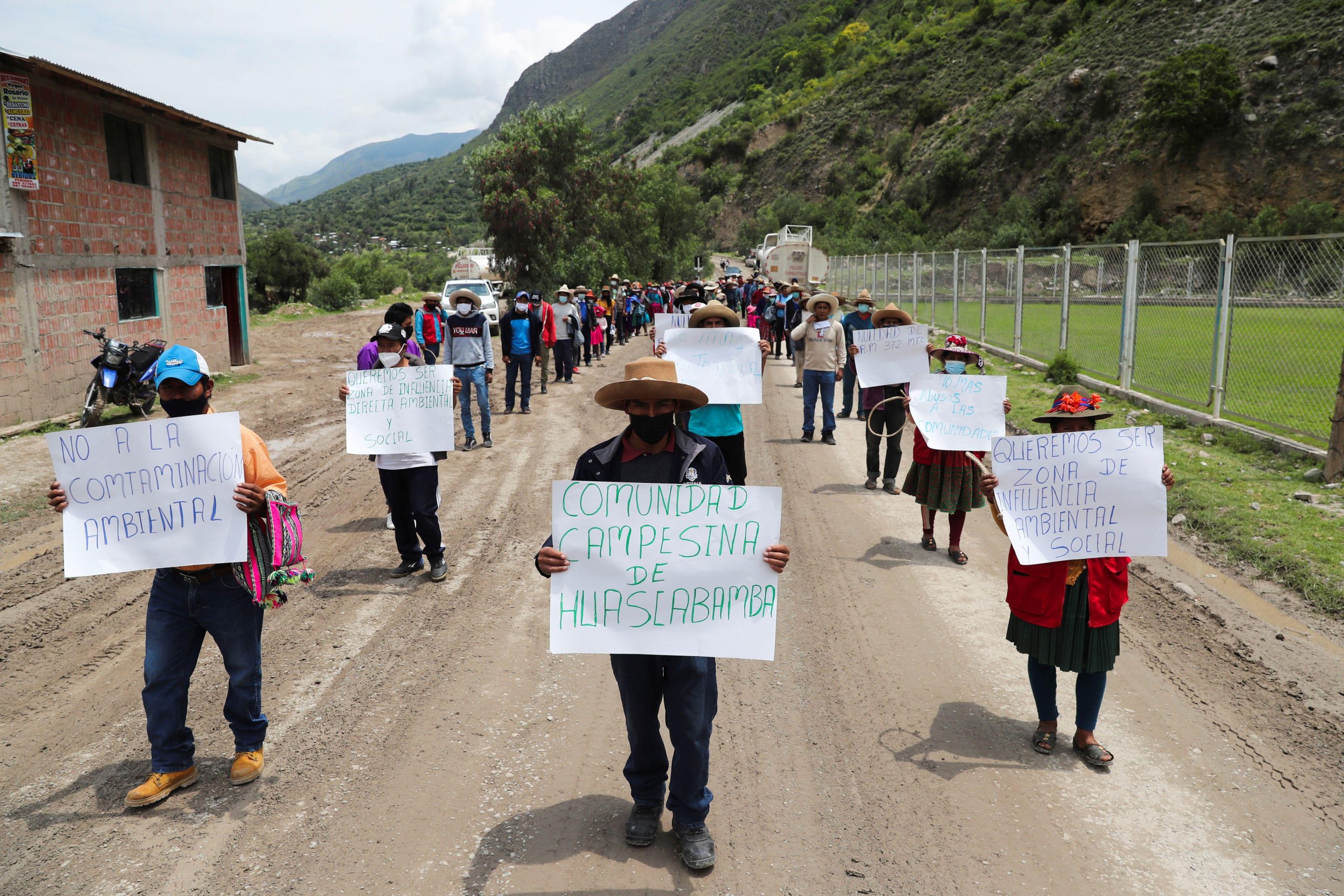
Luis Seclén, a specialist in socio-environmental conflict management at the OEFA, told Diálogo Chino that the agency has been in contact with the community of Chicñahui since early 2022, and has held discussions over establishing monitoring systems for environmental issues such as air quality and noise – requests to which he said community leaders have been reluctant to agree. Without mentioning mining activity specifically, Seclén confirmed that there have been issues with air quality in the area and that noise was also above the permitted levels.
The OEFA is currently conducting a study to determine compliance with environmental standards across the area impacted by activities at Las Bambas. However, Francisco García Aragón, director of the organisation’s Environmental Evaluation Directorate, said that samples could not be collected from Chicñahui as the community’s authorities have denied access. The mayor of Chicñahui failed to attend a scheduled meeting with Diálogo Chino aimed at verifying these claims.
Diálogo Chino’s investigation found that disagreements over mining have increased within several communities. Some want to derive more benefits from projects, while others point to difficulties they claim have arisen due to mining where they live.
“Our products are no longer normal,” says Alejandro. “When we take them to the market people don’t buy our potatoes and meat. They tell us that our products are contaminated. How are we going to live?”
Romualdo Ochoa, president of the Huancuire community, told Diálogo Chino that the community wants to be a shareholder in Las Bambas: “We want to negotiate: they get half, we get half. They put in their technological know-how – engineering – and we put in our territory. We both win or we both lose.”
Diálogo Chino made several approaches to MMG over the alleged contamination and the company’s relations with communities, but the company declined to comment.
Antapaccay: a decade of grievances
Seven hours from Las Bambas in Peru’s Cusco region lies the Antapaccay mining project, run by the Swiss multinational Glencore, which took over in 2013 following a merger with previous owner Xstrata Tintaya. For a decade, members of communities near the copper mining operation have been demanding an investigation into environmental contamination and health risks in the area.
At 34, Esmeralda Larota remembers the frogs she used to play with in the rivers of her community as a child, before developing constant fatigue and frequent body aches – symptoms she links to mining activity.
Studies published in 2012 and 2021 confirmed that populations in the province of Espinar, where Huancané Bajo is located, are exposed to, among other toxic substances, arsenic, mercury and lead, which can cause damage to multiple systems in the human body, according to the World Health Organization (WHO). However, it has not since been determined whether mining activity is the cause of this pollution.
There is no one more blind than the person who does not want to see. Espinar is contaminated.
“The findings require further research to determine the origin (natural or anthropogenic influence) of these metals, as well as the necessary measures for their control,” said a study carried out in 2010. What has been done since then?
Karem Luque is a biologist with the Peruvian NGO Derechos Humanos Sin Fronteras and coordinator of the country’s Roundtable on Environmental Health. She says the population’s right to health in Espinar is not being safeguarded by the state, despite the studies showing the presence of heavy metals and the seven health plans that have been proposed by the Ministry of Health.
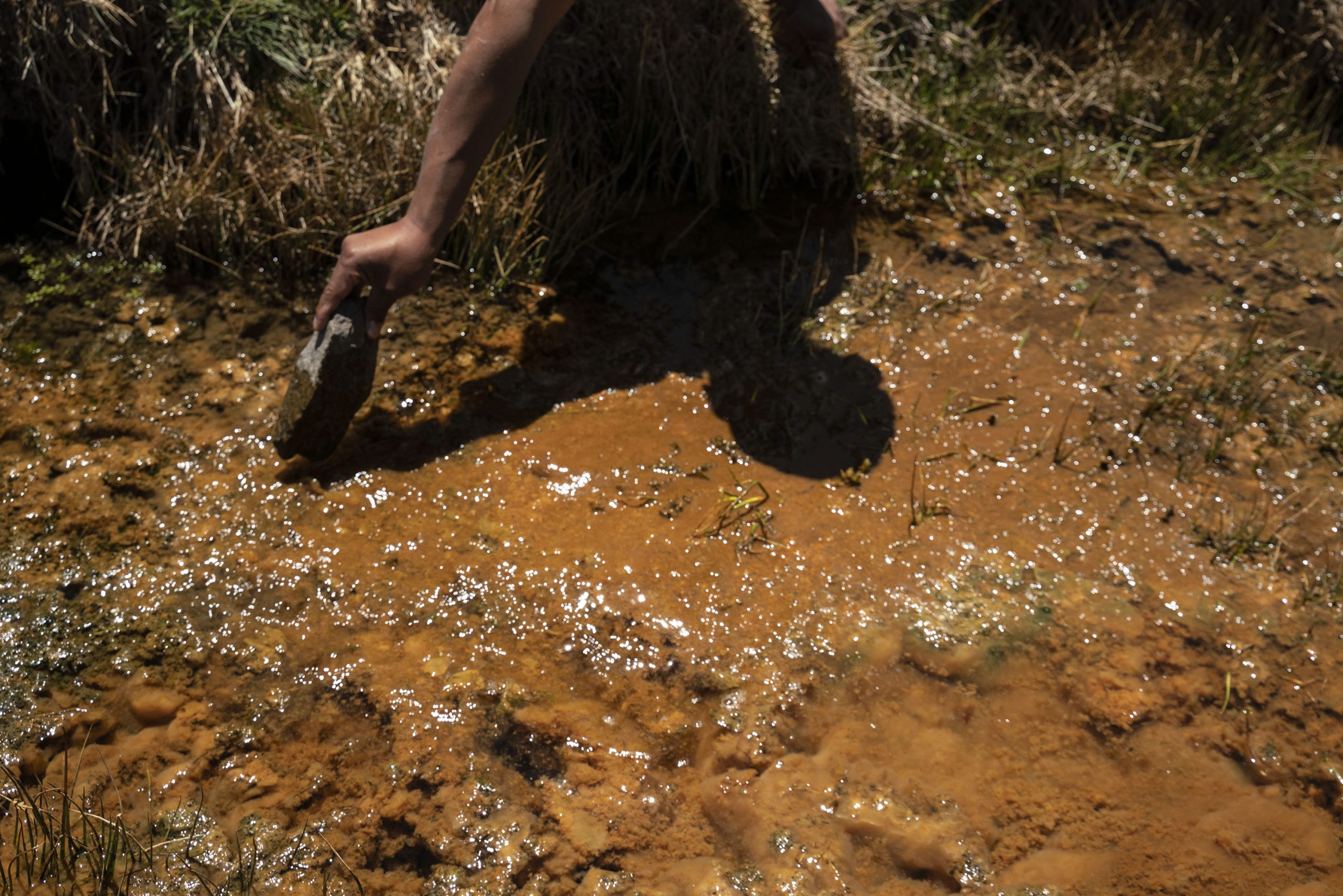
Compañía Minera Antapaccay, the Glencore subsidiary that operates the Antapaccay mine, has been sanctioned on several occasions. Among the most recurrent faults detected and sanctioned by the OEFA are non-compliance with environmental protection laws, the dumping of mining wastes (known as tailings), effluent discharges and damage to the natural soil.
Glencore and Minera Antapaccay were approached for comment, but no response was received.
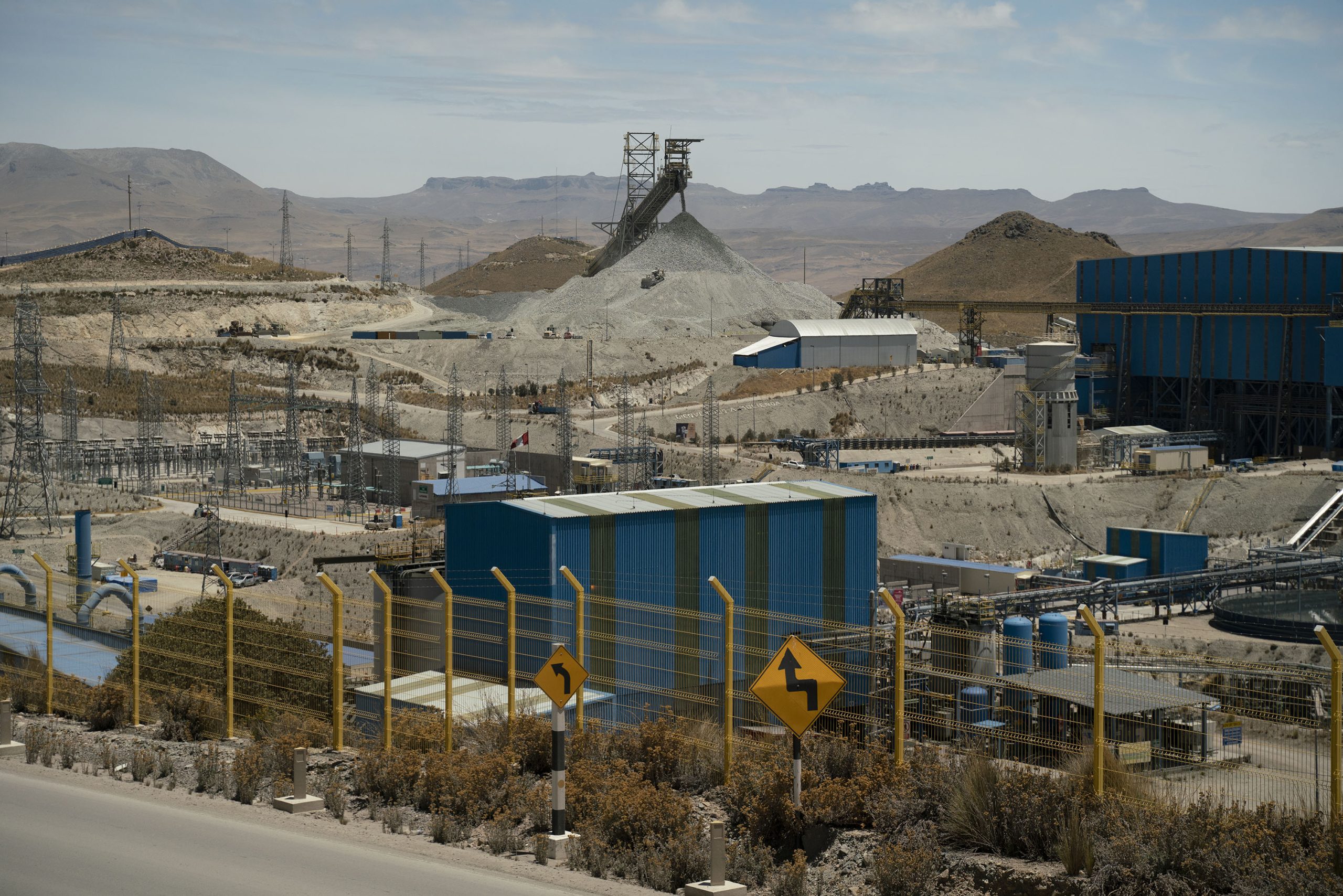
Meanwhile, the state and the communities are also going through a process of prior consultation over the expansion of the Antapaccay project to mine the nearby Coroccohuayco deposit, which would have a useful life of nearly 25 years and a capacity to produce 100,000 tonnes per year.
Short-term solutions?
According to José De Echave, an economist and former vice-minister in Peru’s environment ministry, the promise of direct compensation to communities from mining activities tends to take priority over any demands for environmental protection and local development financing. He says this is not helped by the confidentiality of existing agreements, which leaves communities short of information, and unclear on whether their requests to companies are fair. He says the roundtables established by the state to seek possible solutions in these areas have lost legitimacy.
“They are used to defuse the escalation of the conflict, but they do not serve to find solutions that can be sustained over time,” says De Echave. “In order to try to regain credibility, the state should establish a compliance system, see what commitments the parties have made and implement a permanent monitoring system.”
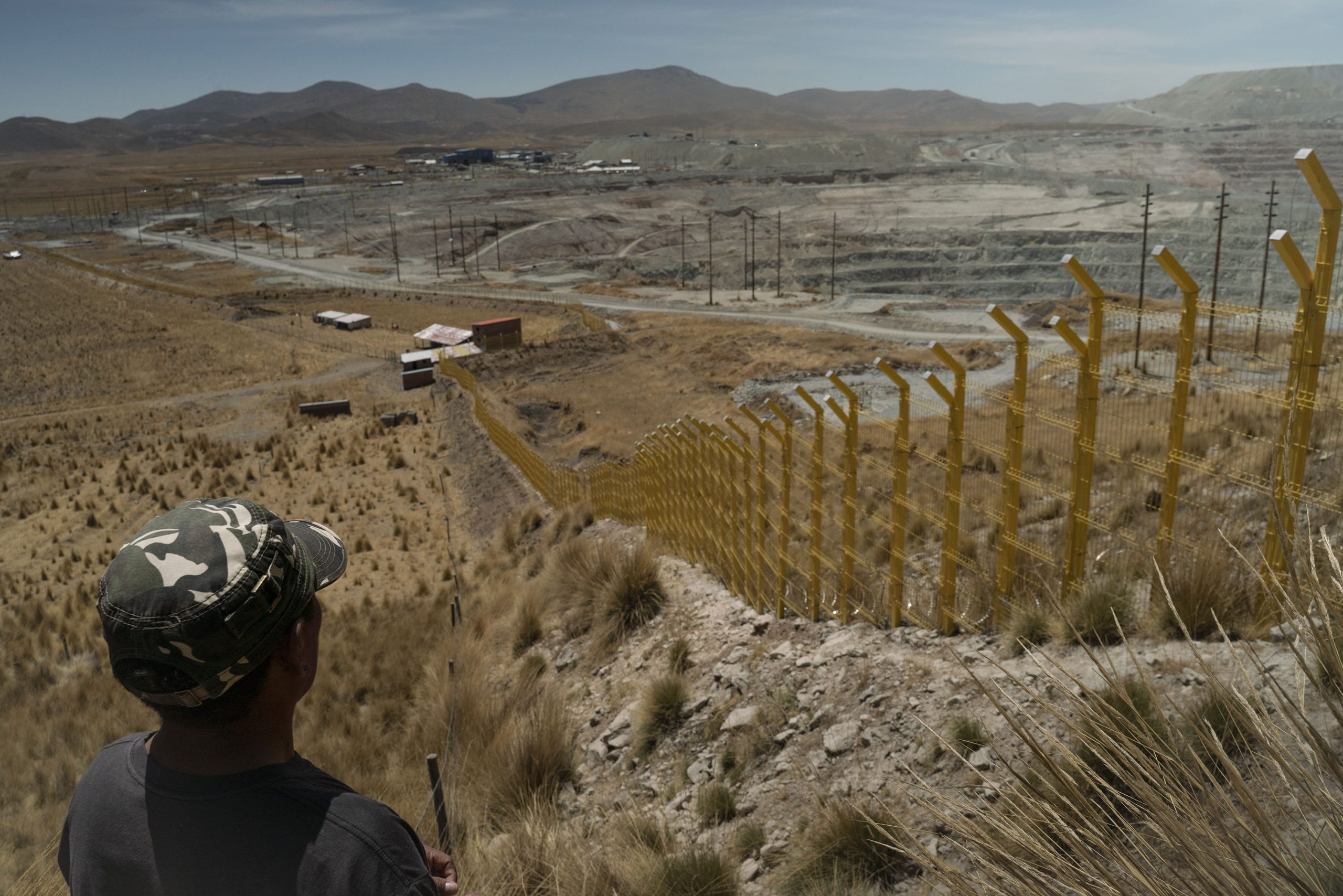
The question on the lips of specialists is whether Peru will be prepared to take advantage of this without impacting the lives of its citizens. In Huancané Bajo, Esmeralda Larota says she and her neighbours are asking a similar question: “Is copper worth more than our lives?”


